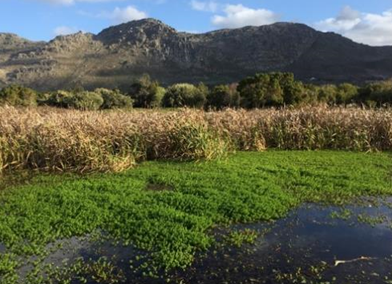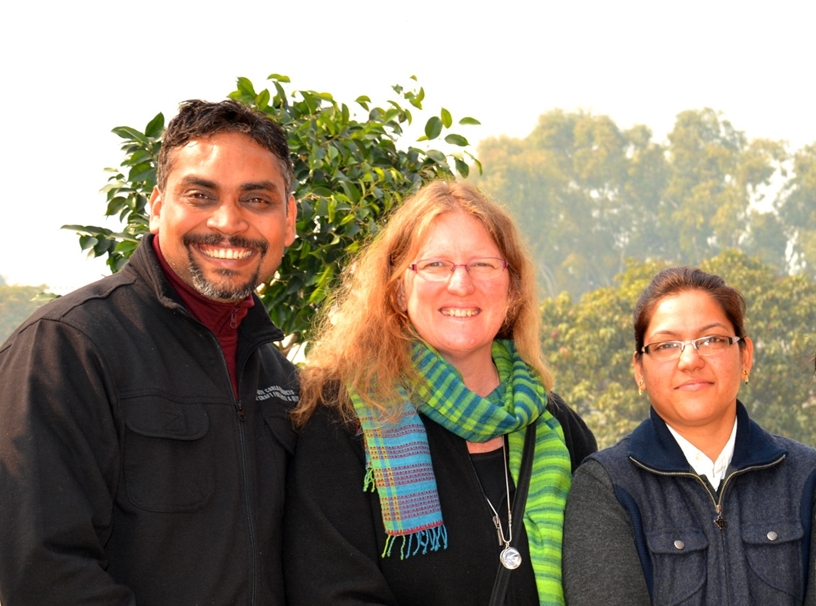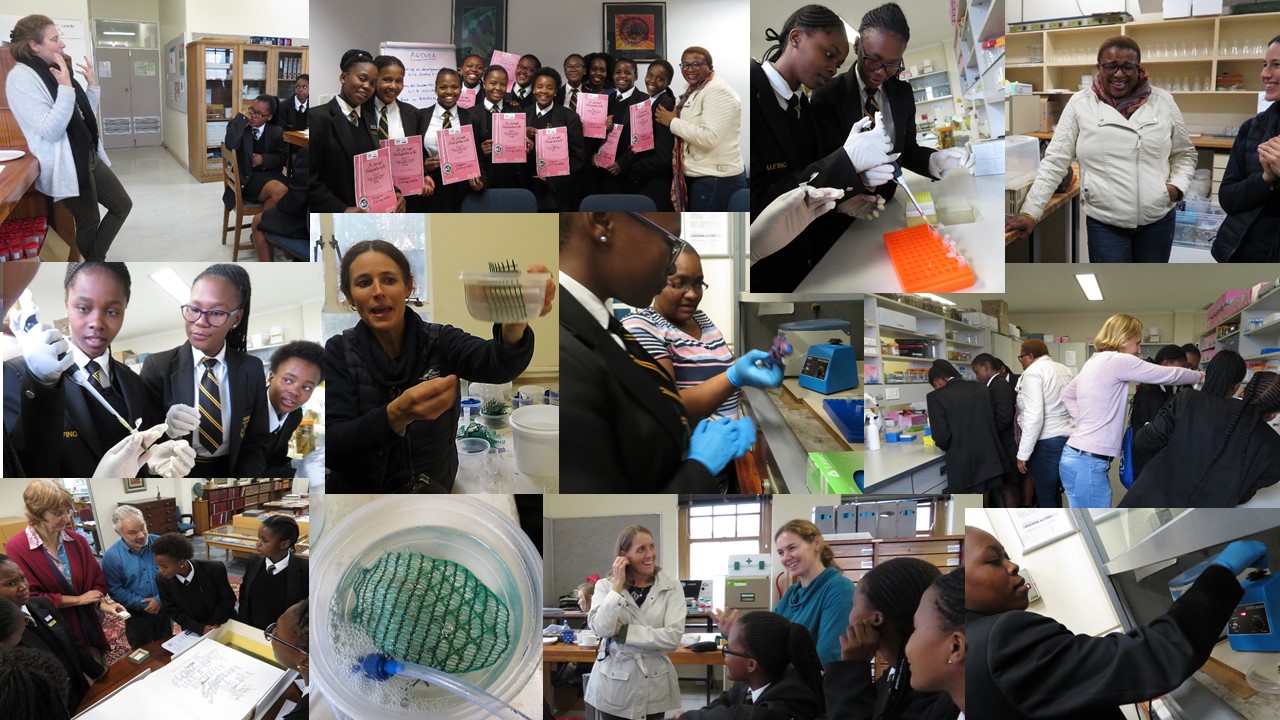How are invasive alien plants perceived by urban residents?
Invasive alien plants (IAPs) and their management are perceived both negatively and positively by urban residents, but these perceptions are shaped by individuals’ socio-demographic characteristics.





